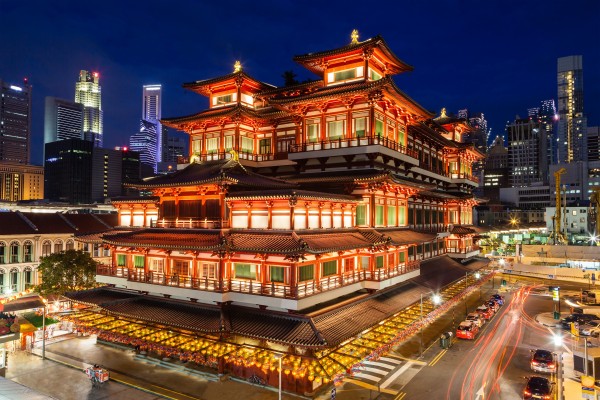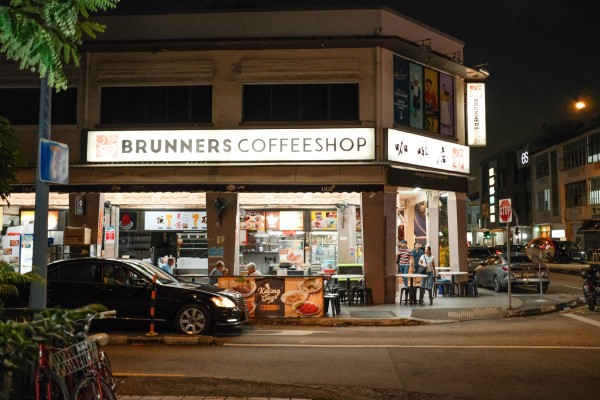Exploring Singapore’s Public Transport System: A Beginner’s Guide

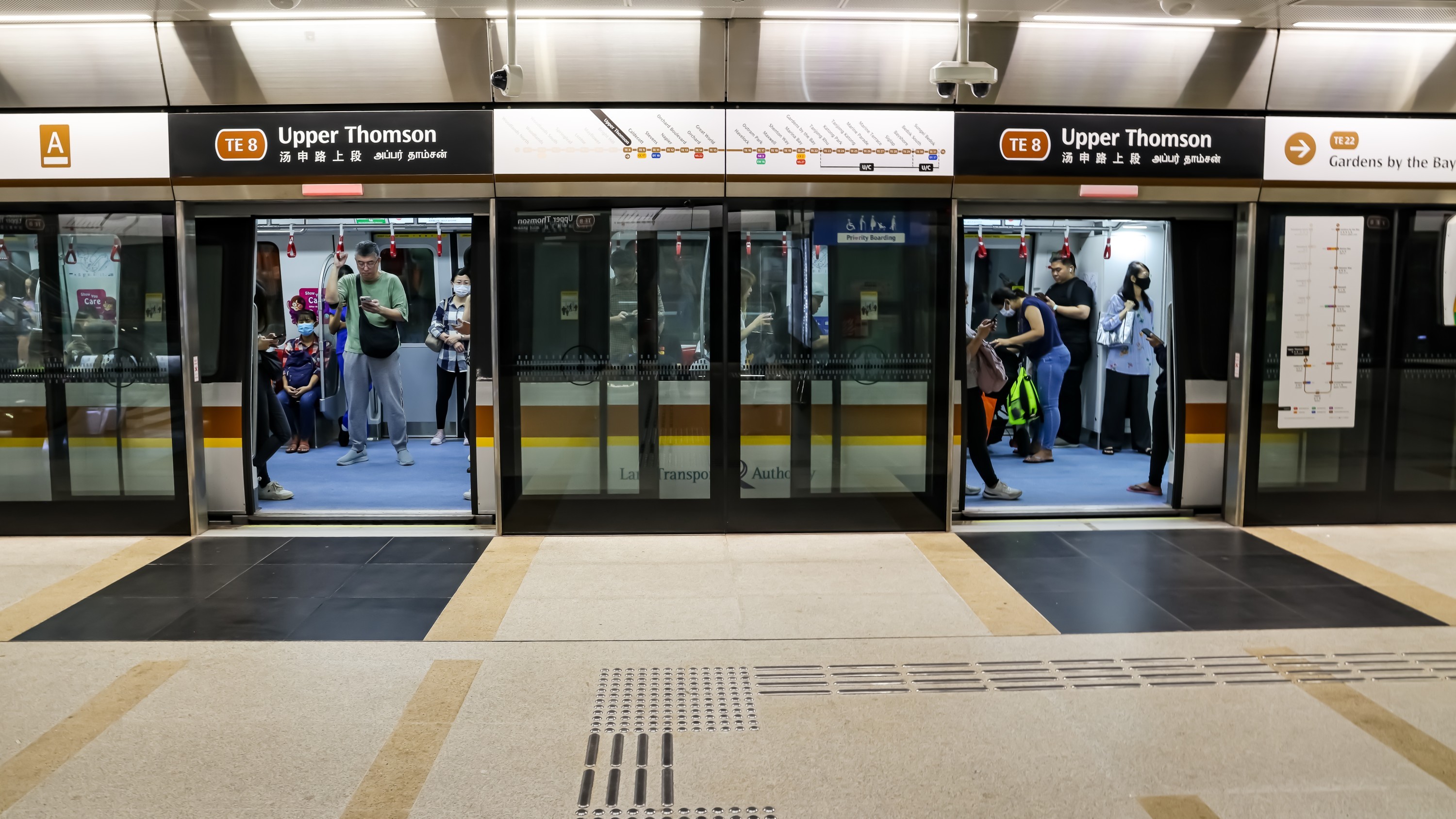
Singapore residents have a love-hate relationship with our public transport system: we’re proud of how it ranks so highly in the world (we currently rank 4th in the world for urban mobility readiness and public transit in a global study), but also bemoan the seemingly frequent breakdowns and delays of our trains and buses.
So, what’s our transport system like, really?
Our train network–also known as the Mass Rapid Transit or MRT for short–is extremely well-connected and efficient, as are our public bus routes. You can get from the West to the East side of the island by train in under 1.5 hours.
It’s also not difficult to get a taxi or a private car ride by mobile apps, as taxi and public hire vehicle drivers are aplenty on our little island-nation.
In short, it’s actually pretty great, in spite of the traffic jams and occasional delays. Singapore’s public transport network is efficient, clean, modern, and easy to navigate.
Here’s a look at how you can get around Singapore by public transport like a total pro, even if you’re newly arrived and just beginning to feel your way around our public transport system.
Overview of public transport in Singapore
In land-scarce Singapore, public transport has become essential in allowing lots of people to travel all at once, to get to their destinations quickly and safely.
Comprising a public bus and train network that has been steadily expanded over the years, our public transport network is a constantly evolving one. From just one train line in 1987 to the six lines today that serve 130 stations all across Singapore, as well as the myriad of bus routes–Singapore’s public transport system is taken by millions of residents daily.
If you need a more direct means of travelling within Singapore, you can always hop into a taxi or a private hire car. The market is regulated in Singapore, and all fares are fixed either at the point of booking or via a running distance-based metre.
All in all, Singapore’s public transport network is a well-oiled one, offering safe and efficient means of transport within the island for those who do not own a car.
Here are some apps you can use to get started on planning your routes and journeys in Singapore via public transport. Warning: it can get pretty fun, so buckle up and let’s get started!
Travelling by train in Singapore
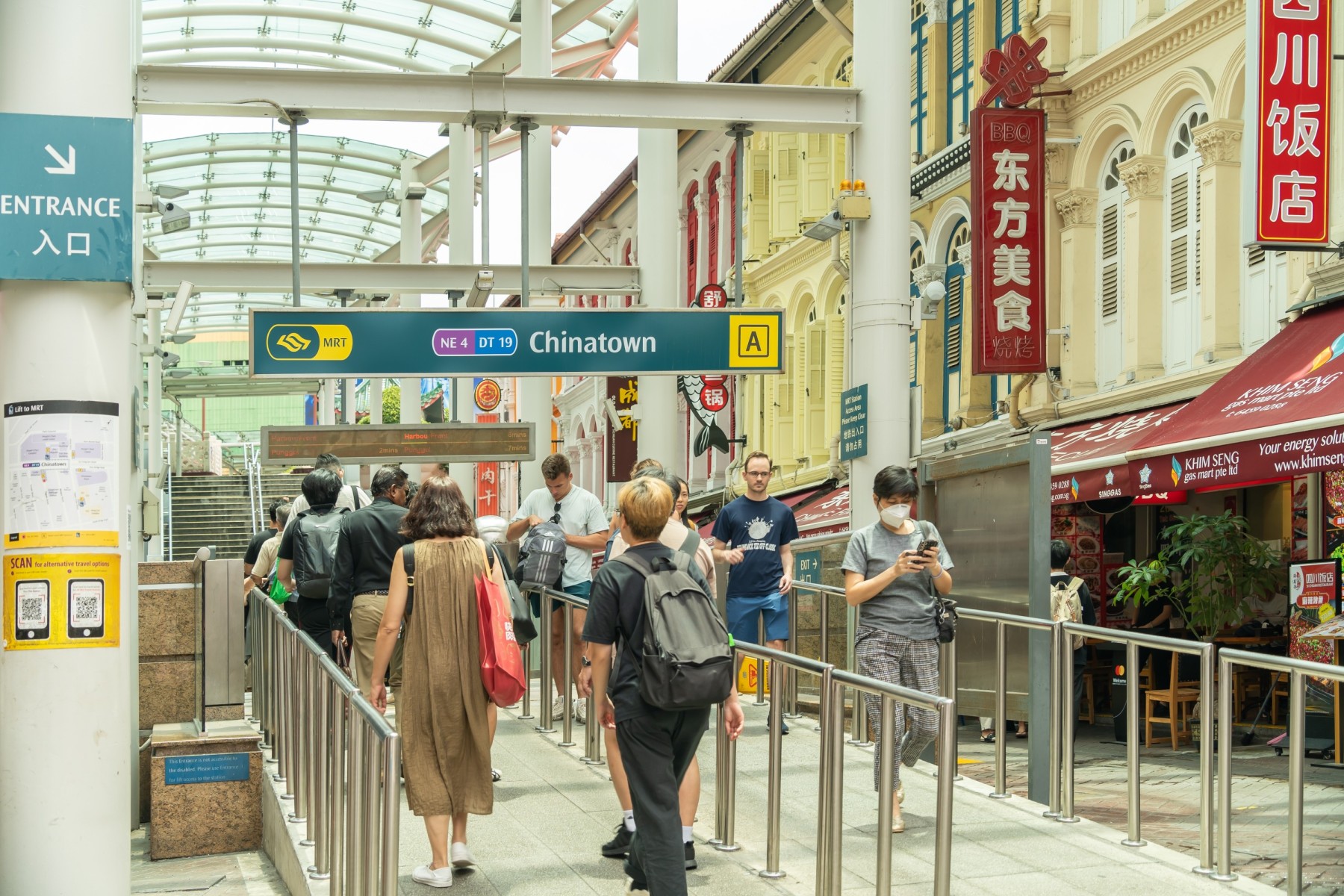
Known locally as the Mass Rapid Transit (MRT) network, Singapore’s rail system is extensive, clean, and efficient.
It is the quickest and cheapest way to get around in Singapore; all you need is a contactless credit card and you’re good to go.
As of today, it spans 240km and six lines all across the island, with 140 stations in various residential, commercial, and educational districts. Some stations are situated above ground, and some are underground.
The six MRT lines, each represented by their unique colours on the transit map, are:
-
North-South Line (red)
-
East-West Line (green)
-
Circle Line (orange)
-
Thomson-East Coast Line (brown)
-
North-East Line (purple)
-
Downtown Line (blue)
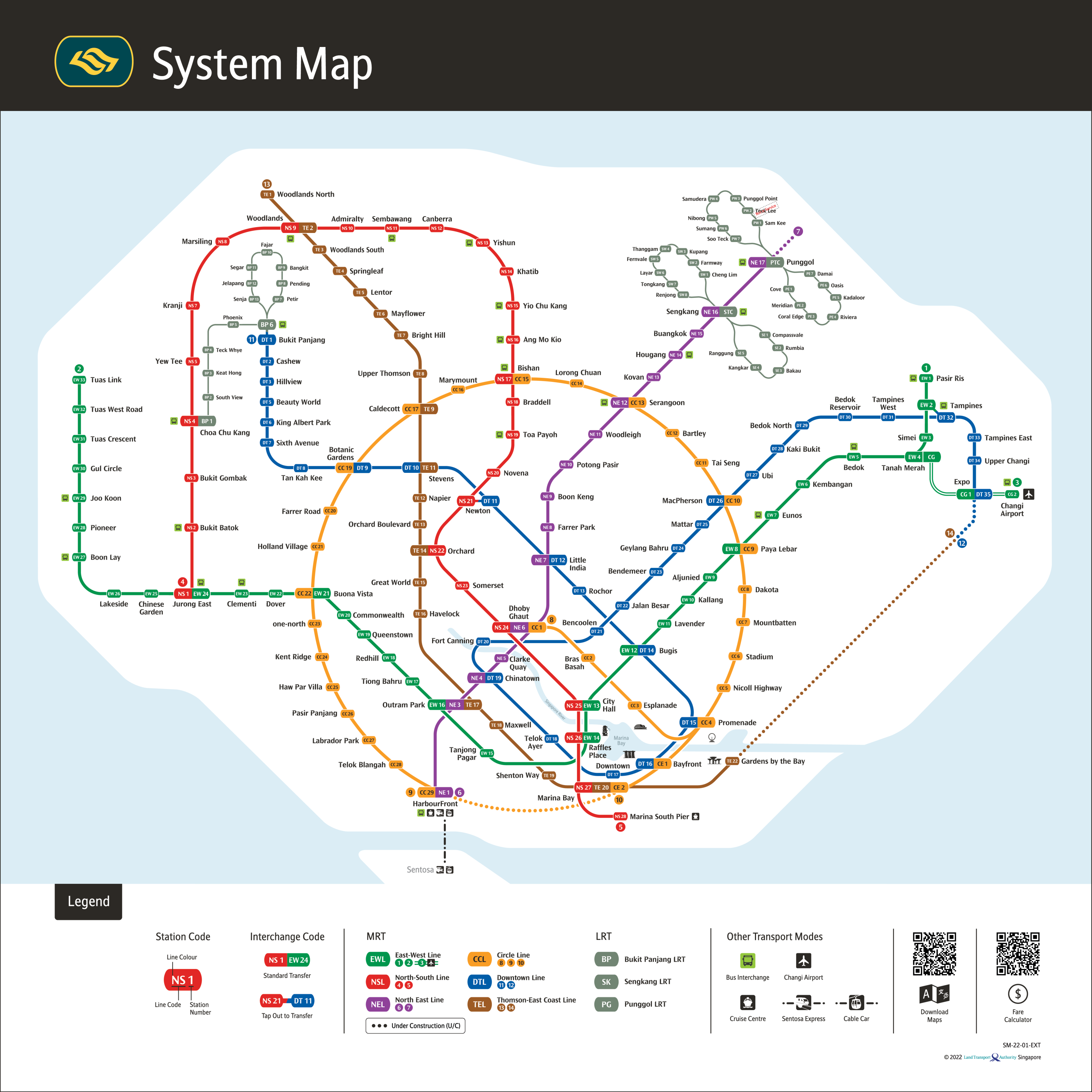
There are currently two public transport operators in Singapore that run these six MRT lines: SMRT Corporation and SBS Transit.
And to make the running of the trains more efficient, they’re fully automated and driverless, equipped with a sophisticated system that relies on cameras, sensors, and Artificial Intelligence (AI) to detect obstacles and other anomalies that may cause delays.
On top of this, there are also two Light Rapid Transit (LRT) networks that serve the Bukit Panjang and Sengkang-Punggol neighbourhoods. These are feeder trains that serve a much smaller volume of people within the neighbourhood.
Trains operate daily, rain or shine, with no stoppages during public holidays, from 5.30am to about midnight, or even later on some festive occasions.
If you need help, you can approach the staff at the ticketing office at every station. For stations with multiple entrances and gantries, the office may be a bit tricky to find, so do refer to the station maps to locate it quickly without needing to wander around bigger stations in search of it. Be assured that most of the staff do speak fluent English.
Check out this interactive map of the Singapore MRT network, to see exact operating hours, the first and last trains, as well as peak hours of each station.
Travelling by bus in Singapore

Sometimes, it’s quicker to travel by bus instead of MRT. With more than 5000 bus stops all across Singapore, our bus network is very well-connected and located conveniently near housing estates, shopping malls, office buildings, places of interest, schools, and even MRT stations.
Here in Singapore, the bus network system is run by four operators: SBS Transit, SMRT Buses, Tower Transit Singapore and Go-Ahead Singapore, and regulated by the Land Transport Authority of Singapore to ensure service standards are met, so you travel with peace of mind.
More than 350 buses ply their routes every day from approximately 5am till midnight, taking Singapore residents on more than 3 million rides each day to their destinations.
All buses are air-conditioned and wheel-chair accessible too.
If you miss a bus, you’ll typically have to wait between 10 to 15 minutes for the next bus to arrive–usually quicker during peak periods in the morning and evening.
Buses are also a faster mode of transport during the morning and evening rush hours because they are able to skip long queues thanks to dedicated bus lanes, bus signal priority lights at junctions, and bus priority boxes.
It’s really easy to hop on a bus in Singapore. Like taking a train, all you need is a contactless credit card, or an EZ-link card with stored value. Upon boarding the bus, you’ll need to tap your card on the reader at the entrance to pay your fare, and again when you exit the bus so that the correct fare is deducted.
Coins are still accepted (albeit not encouraged), and you’ll need to pay the driver directly if so. Bus fares remain relatively low, ranging from a few cents to a few dollars.
The bus driver does not announce the stops, so you may need to rely on a mobile app to track your journey and your destination, so that you can press the bell to signal the bus to stop so that you can alight.
Here are some apps that you can use to plan your bus journeys:
If you feel unsure about the direction the bus you’re on is headed, you can always speak with the bus captain, most of whom speak decent and fluent English.
Bus rides can be very therapeutic, so as long as you know where you’re headed, do sit back and enjoy the scenery!
Travelling by taxi and other car services in Singapore

If you don’t have a lot of time and want to get somewhere pronto, taking a taxi or a private hire car is a great choice.
Just be prepared for your ride to cost substantially more than what your MRT or bus ride would cost!
Taxi fares in Singapore are determined by the taxi companies, so be prepared for some variation in fares depending on where, when, and what kind of taxi you hop into.
There are extra charges for peak periods, certain locations in the Central Business District, tourist attractions, and Changi Airport, booking fees.
Most taxi and private hire drivers in Singapore speak English fluently. For those that aren’t fluent in English, they will still know how to get to your destination, simply show them the location on your mobile phone map. Fares will run on the metre, or if you’ve booked your cab on a ride app, the fare will already be fixed before boarding.
Gone are the days of only being able to pay for your ride using only cash, fortunately! Most cabs and rides will allow you to pay for it using a credit card, cash, PayNow, or the app’s wallet.
Commonly used ride apps in Singapore that you can use to book your taxi or private hire car are:
Useful tips for travelling by public transport in Singapore
Ready to get travelling by train, bus, or taxi all around our island?
Remember these tips for an even smoother, easier time on our already extremely convenient public transport network.
-
Plan your route in advance
-
Avoid peak hours if possible
-
There are priority seats on trains and buses that are marked out with signages
-
Stand on the left side of the escalators
-
Eating and drinking are not allowed
-
Get an EZ-link card or use your credit card
-
Always pay your fares!
What do our customers say?


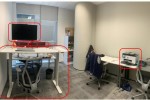

What’s happening?
Please notify us of any violations. This information will be kept confidential and shared only with Wise Move.
- It’s inaccurate or incorrect
- If you find it offensive
- It’s something else
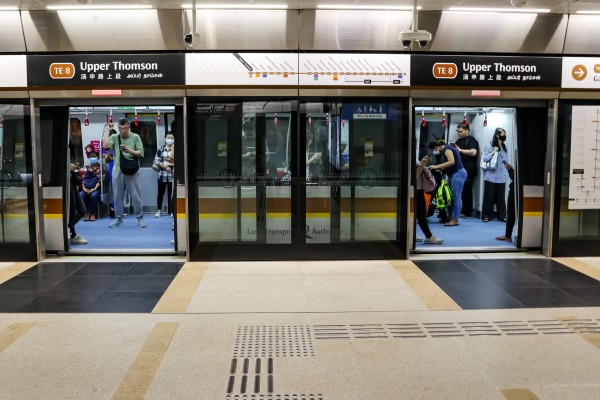
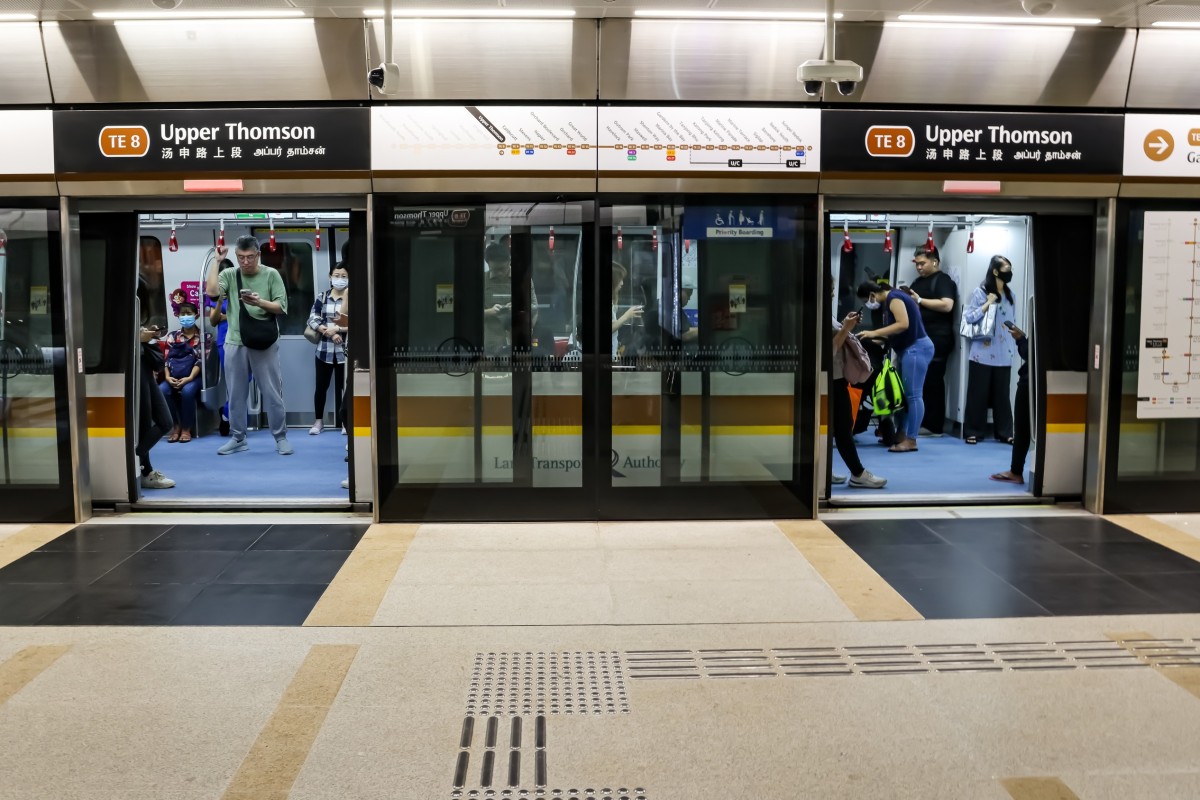



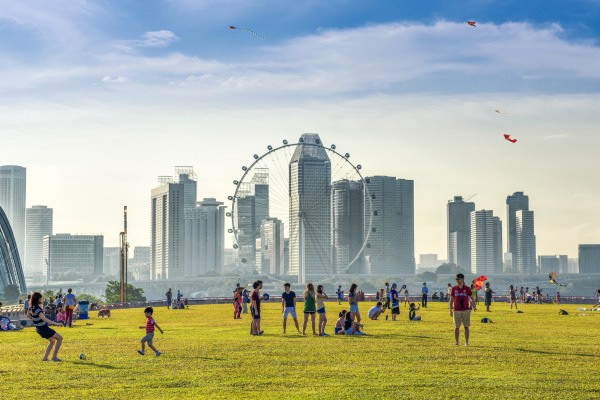
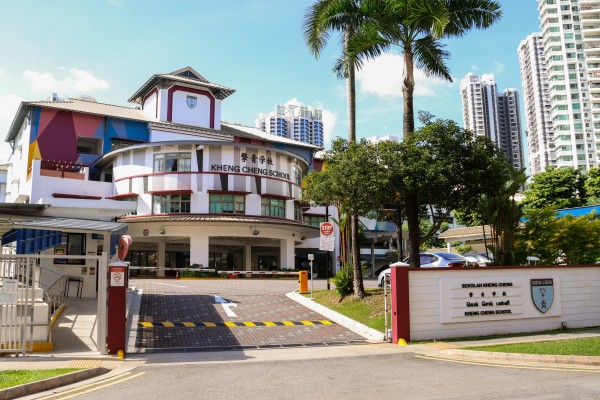
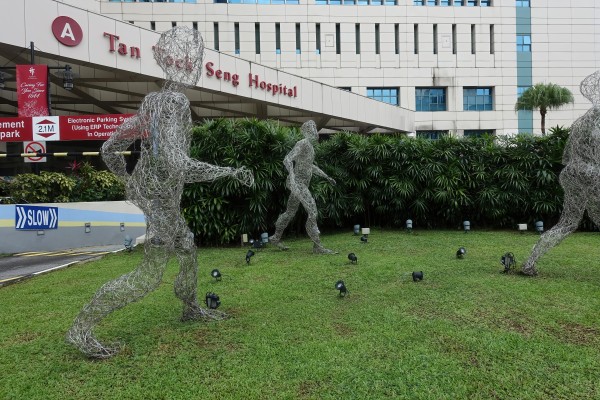


![The Cost of Living in Singapore [2024] The Cost of Living in Singapore [2024]](https://cdn.wisemove.sg/image/blog/1b14e9b503b5517c64f55f4aea2e187e.jpeg)

